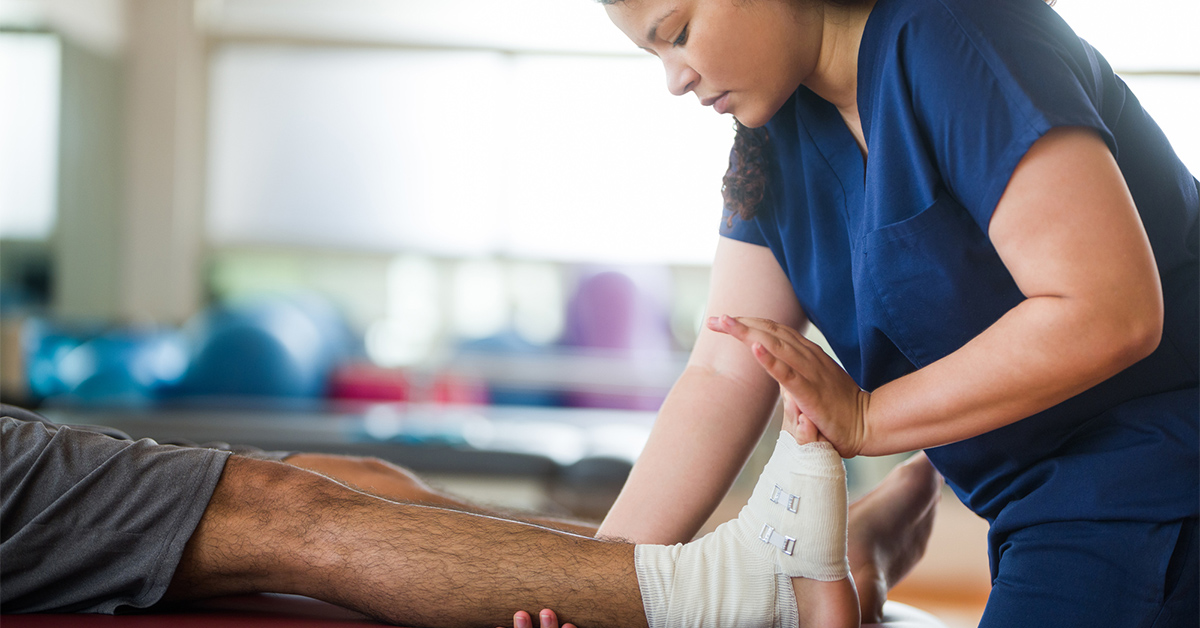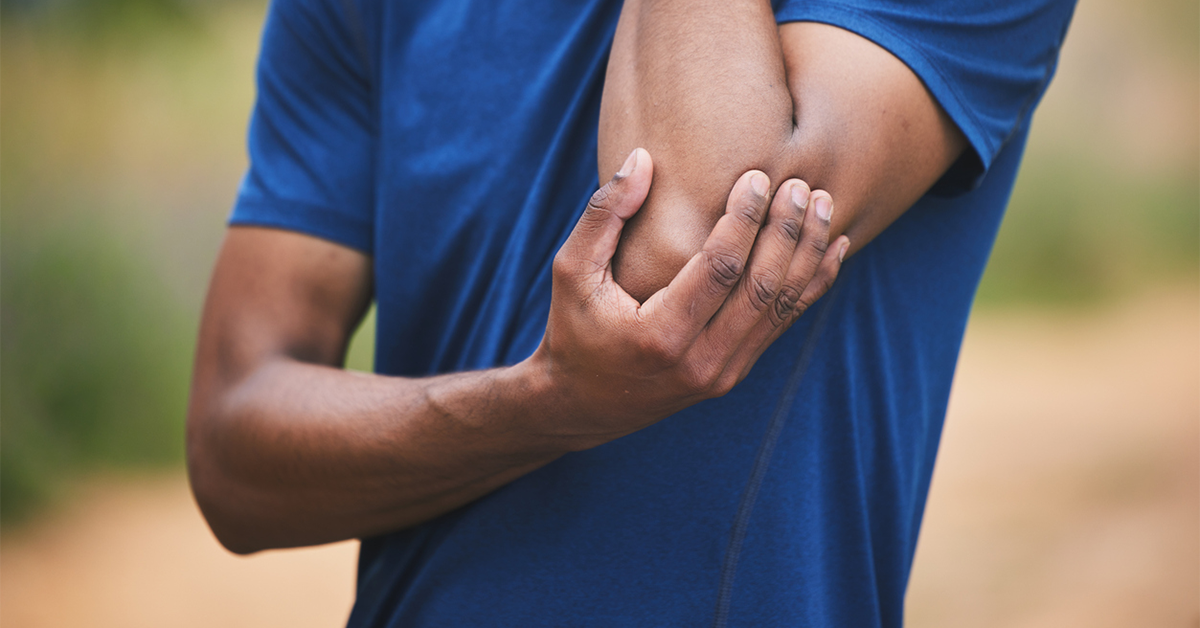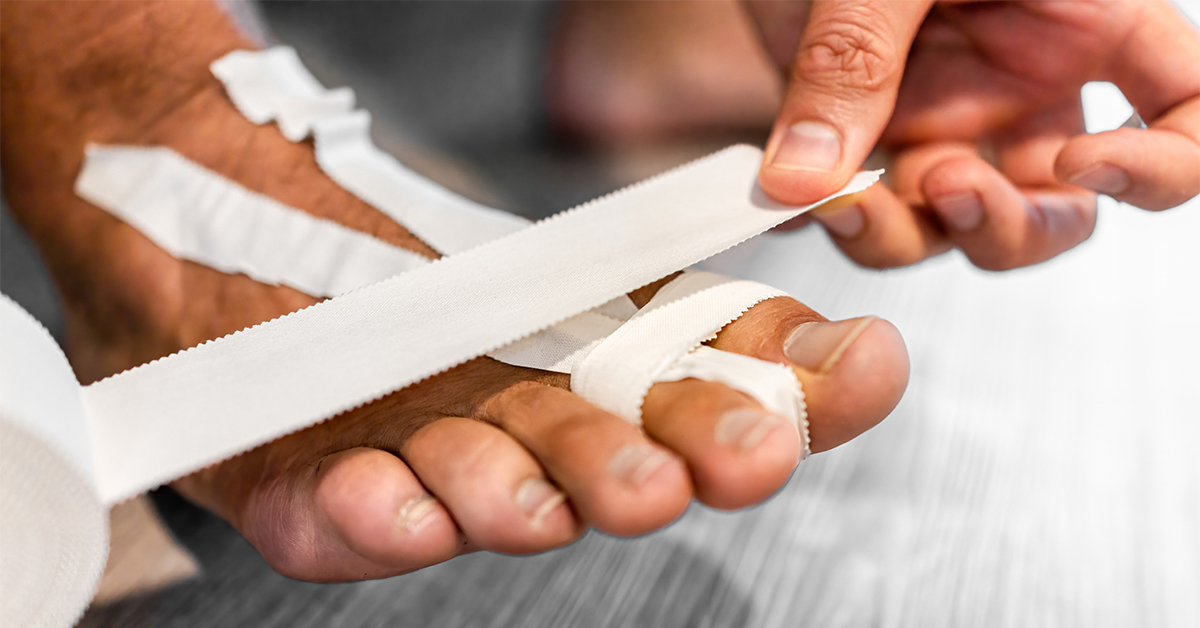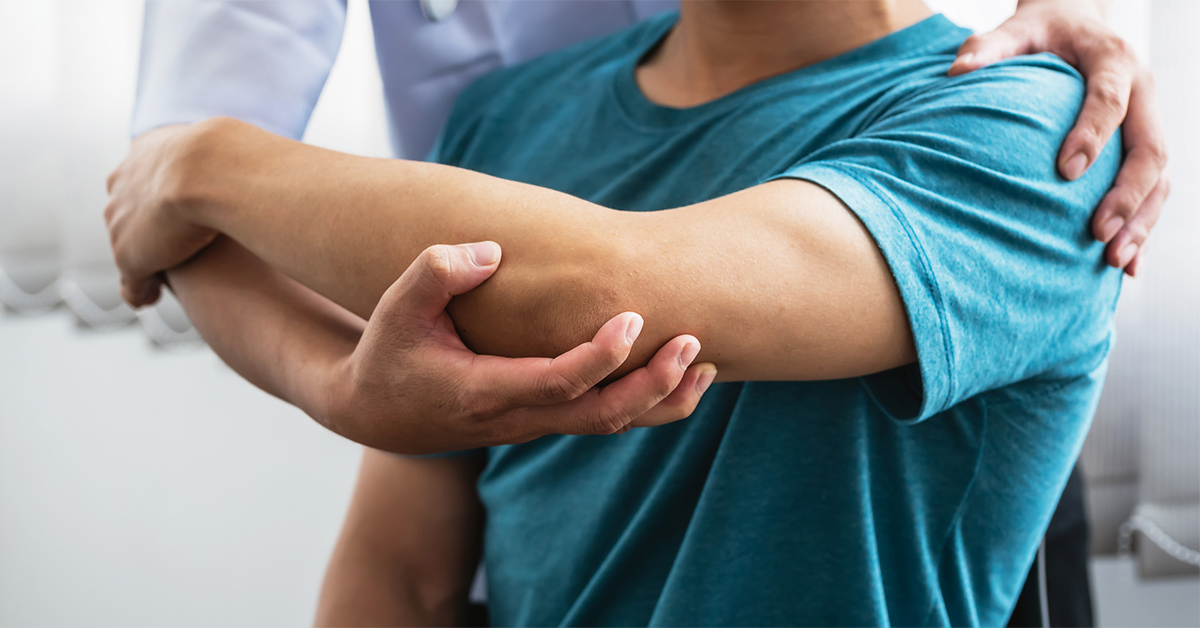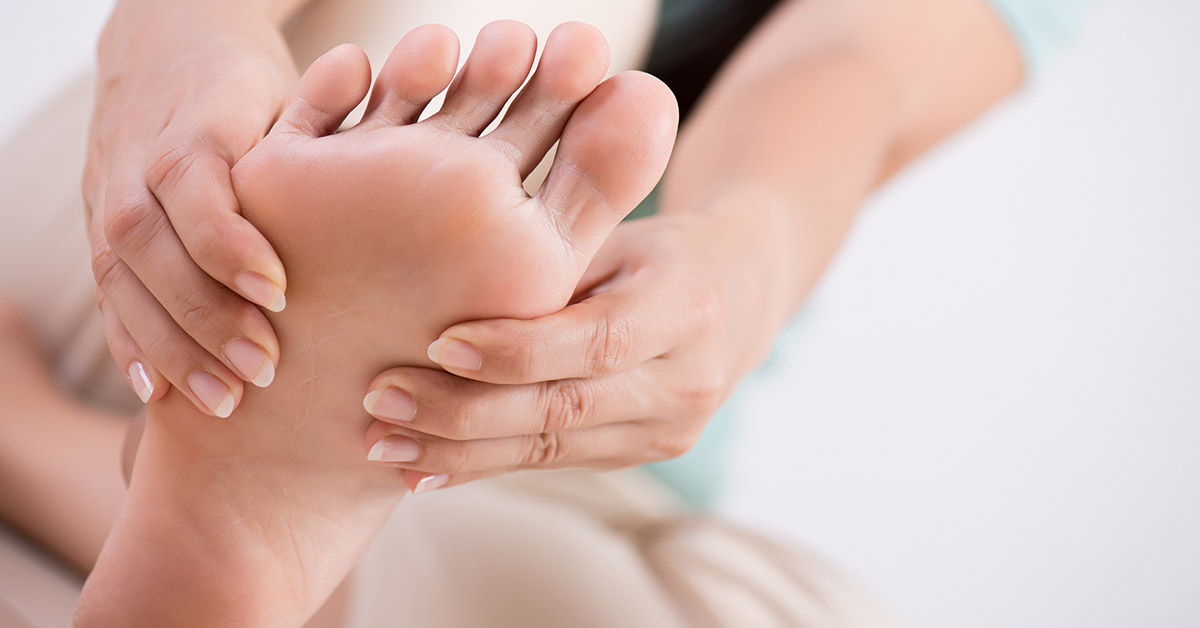Ouch! You’ve hurt your ankle. But here’s the thing, is it a sprain or a strain? People often mix up these two terms, but they actually have distinct differences. So, let’s dive in and get to the bottom of it.
Understanding sprains: What are they?
Sprains are injuries that happen when ligaments get stretched or torn. Ligaments are the tissues that connect bones to one another and are found in joints, such as ankles, knees, wrists, shoulders, and even the back and neck. Sprains are generally caused by overstretching or twisting the joint beyond its usual range of motion, which causes the ligament to stretch or tear.
There are three types of sprains based on how much ligament damage occurred:
- Grade 1 (Mild). The ligament fibers stretched slightly, or there is a very small tear.
- Grade 2 (Moderate). The ligament is torn, but it isn’t a complete tear.
- Grade 3 (Severe). The ligament is torn completely.
Understanding strains: How are they different?
On the other hand, strains occur when muscles and tendons get stretched or torn. Tendons connect muscles to bones. Strains are often caused by over-usage or repetitive movements, such as with sports or manual labor. Similar to sprains, there are levels of strains:
- Grade 1: Mild damage to individual muscle fibers (less than 5% of fibers) that causes minimal loss of strength and motion.
- Grade 2: More extensive damage with more muscle fibers involved.
- Grade 3: Complete rupture of a muscle or tendon.
Recognizing the symptoms
Although the overall symptoms of both injuries are similar, such as pain, swelling, and limited movement, there is a difference based on the affected area. For example, if you injure your ankle, it could either be a sprain or a strain depending on the severity and affected area.
Sprain symptoms
- Pronounced swelling and bruising
- Moderate loss of function
- Escalated pain during joint use
- Continued pain, even at rest, might indicate serious fractures
Strain symptoms
- Initial slight swelling or discomfort
- Possible progression to moderate swelling and stiffness
- Difficult / pain using the injured muscle during movements
Severe pain might indicate more complex issues, requiring immediate medical attention, especially for young athletes participating in high-impact sports.
Immediate actions after injury
Both sprains and strains can be treated by following the PRICE method (Protection, Rest, Ice, Compression, Elevation) and taking pain medications. However, severe cases may require physical therapy or surgery, depending on the extent of the injury.
- Protect the injury using crutches, a sling, brace or tape
- Rest the injured area (actively resting the injured area with light/pain-free movement can be helpful)
- Ice the injury to reduce mild-to-moderate swelling
- Compression bandages for support
- Elevation to reduce fluid buildup
When to see a healthcare provider
If a sprain or strain results in continued significant pain, bruising, loss of function, or stability, it’s time to see a healthcare provider for proper diagnosis and individualized rehabilitation. Visiting a Welia Health sports medicine provider or rehabilitation therapist will help ensure an accurate diagnosis and timely recovery based on an examination, and comprehensive care, including medications and physical therapy.
Recovery timeframe
The time it takes to recover from a sprain or strain depends on the severity of the injury, overall health and fitness level, and age. Here are some estimates:
- Mild to moderate injuries: 6-8 weeks
- Minor strains/sprains: 3-6 weeks
More severe injuries will take longer to recover from and should be assessed by a specialist sooner rather than later.
Preventing joint injuries
The best way to keep yourself from being sidelined is to prevent an injury from happening in the first plan. Prioritize prevention through fitness by:
- Regular exercise to strengthen muscles around joints
- Including strength training and flexibility exercises
- Using proper equipment, such as ankle braces and supportive footwear, and knee pads and elbow guards for protection
In the workplace, overuse, long periods of sitting or standing, or bending in awkward positions contribute to on-the-job injuries. Learn more about preventing strains and sprains in the workplace.
If you suspect a sprain or strain, especially if severe, contact Welia Health at 320.225.3356 or request an appointment online.


